

The earliest representations of the Wheel of Fortune date back to ancient civilizations, where it was often seen as a cosmic wheel or a zodiac wheel. For example, in ancient Indian and Buddhist art, it is known as the bhavacakra or Wheel of Existence. This symbolic wheel illustrates the cycle of rebirths and the various realms of existence, where beings are trapped in an endless cycle of suffering and desire.
In Greek and Roman mythology, the Wheel of Fortune was personified by the goddess Fortuna. She was often depicted holding or standing beside a large wheel, symbolizing the changing nature of fate and the rise and fall of human fortunes. Similarly, the goddess Tyche in Greek mythology embodied changing luck, often represented as blind to illustrate the idea that fortune is distributed indiscriminately.
In the Middle Ages, the concept of the Wheel of Fortune spread thanks to the work of Boethius, "The Consolation of Philosophy," written in 524. Boethius, fully named Anicius Manlius Severinus Boethius, was a Roman philosopher and statesman born in 480 AD into an aristocratic family. He received an exceptional education, translating works of Aristotle and Plato from Greek to Latin and writing treatises on various subjects such as music, mathematics, and medicine, which became references for medieval Christian thought. In 523, after reaching a high position as master of offices at the court of the Ostrogothic king Theodoric, he was accused of treason by jealous enemies. Imprisoned in Pavia, he wrote The Consolation of Philosophy, a philosophical dialogue exploring how to face adversity with serenity. He describes how Fortune, represented as a capricious lady, plays with human lives, raising them only to cast them down. Influenced by Stoicism, Boethius advocates an attitude of detachment towards the vicissitudes of fortune. The concept of the "Wheel of Fortune" in this text, though not explicitly described by Boethius, deeply influenced medieval art and literature, symbolizing the unpredictability of fate and the ups and downs of human life.
Medieval artists developed a conventional representation of the Wheel of Fortune, where figures, often kings or figures representing the three estates of man (peasants, clergy, and nobility), turn on the wheel. This imagery illustrates the unpredictable and changing nature of human fortune.
The earliest representations of the Wheel of Fortune in tarot appear on hand-painted and gilded cards commissioned by the rulers of Milan in the mid-15th century. These cards, known as the Visconti-Sforza cards, were created for the Duke and Duchess of Milan.
On one of these cards, three rather childlike figures are seen perched on a wheel held by an old man below. The figure at the top of the wheel wears what appears to be ears or feathers on his head. These (donkey) ears symbolize the foolishness of clinging to the rise to the top of the wheel, the folly of believing one can escape the inevitable fall. This symbolism echoes Boethius's Stoic philosophy, which viewed fortune as capricious and unstable.
The four people on this card have ribbons near their heads, proclaiming their position on the wheel. This type of depiction is not unique to this tarot; there are many precedents in medieval manuscripts. On the ascending figure on the left, the text reads "I will reign." For the man at the top of the wheel, the text says "I reign." The descending figure bears the text "I have reigned," and finally, for the old man at the bottom, we read "I am without reign."
These inscriptions on the ribbons near the figures clearly illustrate the cyclical stages of power and fortune:
The Visconti-Sforza cards, though influenced by the art and culture of the Italian Renaissance, belong to an older tradition of representing the Wheel of Fortune, dating back to Antiquity and the Middle Ages. The similarities with medieval manuscripts show a continuity in the way human destiny is perceived and depicted.
Over time, the human characters attached to the Wheel of Fortune were increasingly replaced by animal figures. This evolution was influenced by popular works of the time, particularly "The Ship of Fools" by Sebastian Brant. This book, published in Switzerland in 1494, consisted of 122 engravings illustrating the follies and vices of the Church and society, and quickly became a bestseller.
On the Budapest Sheet, the 10th card is particularly interesting in showing this influence. At the top of the wheel is a fully animal figure, a donkey, symbolizing the folly of believing in permanent security in such a precarious situation. The descending figure on the left has its lower half as an animal. The ascending figure is reversed, with the upper half of a donkey, indicating that as it approaches the top, it becomes increasingly foolish.
This Budapest Sheet card is similar to the Visconti-Sforza cards, as it also features the texts "I will reign," "I reign," "I have reigned," and "I am without reign." However, it differs by representing animal figures influenced by the "Ship of Fools." In this depiction, the figure at the top of the wheel is a donkey, and the ascending figure on the right, aspiring to the first place, already has the head of an animal. Unlike other versions, no one is turning the wheel.
The choice to depict animal figures on the Wheel of Fortune, particularly donkeys, reinforces the message of the futility and folly of the quest for power and stability in a changing world. The donkey, often associated with stupidity and stubbornness, illustrates the absurdity of believing in the permanence of fortune.
The Wheel of Fortune card in the Tarot of Marseille Type 1 features symbolic figures illustrating the cycles of life and fortune.
The Wheel of Fortune card in the Tarot of Marseille Type 2 presents several notable differences compared to Type 1, while maintaining strong symbolic elements. Here is a detailed analysis of its features and meanings:
In the mid-19th century, Éliphas Lévy introduced a new image of the Wheel of Fortune in his book "Transcendental Magic" (1856). He incorporated elements of Kabbalah and Egyptian myth into his designs, creating an alternative version based on the major arcana of the Tarot of Marseille. Lévy described his version as the "Cosmonomic Wheel of Ezekiel" or the "Wheel of Ezekiel," featuring figures such as Hermanubis ascending on the right, Typhon descending on the left, and a sphinx balanced at the top holding a sword.
French occultist Oswald Wirth closely followed Lévy's design. In this version, Hermanubis holds a winged staff of Hermes, and the sphinx combines the animals from Ezekiel's vision. Wirth interprets the ascending figure as representing creation and good, while the descending figure represents pure evil and destruction. The sphinx is seen as the balance between these two poles. The wheel rests in the ocean on a red moon associated with Isis, and red and green serpents transform the wheel's axle into the caduceus of Hermes.
Arthur Waite, in designing his version of the Wheel of Fortune, deviated from the inspirations of his occultist colleagues. He included the sphinx but rejected the idea that tarot had links to ancient Egypt and Kabbalah, though he accepted the use of these symbols. Waite's wheel is a solid disk with a sigil at the center and alchemical symbols on the spokes. The letters T, A, R, O are inscribed around the edge, interspersed with Hebrew letters representing the name of God, symbolizing that divine will is the driving force behind all fluctuations of fate. The descending figure is a serpent representing the Egyptian deity Set, a symbol of evil. Anubis, depicted on the right, symbolizes the Egyptian underworld god. Waite interprets the sphinx as representing the triumph of life over death, as well as wisdom and stability amidst constant changes. The four creatures from Ezekiel's vision, representing the four evangelists, are placed in the corners of the card. The Floating Wheel: The wheel floats in the clouds with no solid support and no crank to turn it, highlighting its detachment from human concerns and its existence in another dimension.
In the "Wheel of the Year Tarot" version, the Wheel of Fortune, at the center of the card, is surrounded by the four seasons: spring, summer, autumn, and winter. These seasons are placed in the four corners of the image, forming a circle that follows a clockwise direction. This layout highlights the cyclical and natural nature of life's changes, connecting them to the annual cycle of seasons.
The seasons represent the different phases of human life:
Thus, the Wheel of Fortune not only illustrates the cycles of human life but also the natural cycles of the year. These cycles are not linear but repeat endlessly, and each end heralds a new beginning. The Wheel of Fortune reminds us that life is full of constant transitions and that we must learn to navigate these changes with wisdom and acceptance.
The "10 - Wheel of Fortune" card in the Mucha Tarot offers a unique perspective on the concept of time and change. Unlike the traditional cyclical interpretation, this version emphasizes the inexorable passage of time and the ephemeral nature of our existence.
Representation of time and the ephemeral natureIn the center of this card, there is an hourglass, a classic symbol of time flowing without the possibility of turning back. Next to the hourglass, a young woman leans on a wreath of flowers, representing the beauty and fragility of life. The flowers, although in bloom for a moment, will eventually wither, reminding us that everything in life is temporary. This can be complemented by reflecting on the importance of living each moment fully and recognizing the value of transient moments.
The windmill and cyclical workIn the background of the card, a windmill turns thanks to the force of the wind. This windmill evokes constant and repetitive work, transforming grain into flour. This can be interpreted as a lesson on the need for continuous effort to turn our dreams into reality, despite the ups and downs. This element underscores the idea of the continuous effort needed to move forward in life. The movement of the windmill also illustrates how work and the cycles of human effort contribute to our personal and collective evolution.
Linear time vs. cyclical timeThe Mucha Tarot's interpretation of the Wheel of Fortune brings a linear dimension to the concept of time, contrasting with the traditional cyclical view. This duality enriches our understanding of the card:
The card "10 - The Wheel of Fortune" in the Wild Wood Tarot offers a unique interpretation of life's cycles. Unlike traditional representations that often focus on the seasons, this card emphasizes the fundamental cycle of day and night.
The cycle of day and nightThe card is divided into two distinct parts. The left side represents night with the moon, while the right side shows day with the sun. In the center, a loom is visible, with a tunic in progress. On this tunic, a wheel is woven, symbolizing continuity and perpetual motion.
The concept of work and progressionSimilar to the Mucha Tarot, this version of the Wheel of Fortune highlights the importance of work and progression through time. The loom and the tunic being created evoke work that surpasses simple day-night cycles. This weaving process symbolizes the construction of oneself and one's spirituality throughout the cycles.
The loom is a powerful symbol of creation and construction. It represents the meticulous and constant work required to weave the threads of our life. Each day-night cycle adds a new layer to our tunic, enriching our experience and wisdom. This idea can be enriched by considering that each thread woven represents a lesson learned or an experience lived. Thus, even though the cycles repeat, they are never identical, as each new cycle is an opportunity for growth and evolution.
The Wheel of Fortune in the Wild Wood Tarot offers a complementary perspective to the traditional cyclical view. Here are some points to consider:
In the 2007 Pirates Tarot, the "10 - The Wheel of Fortune" card takes place on a sailing ship, likely a pirate or privateer ship from the 17th or 18th century. Here, the wheel represents the ship's helm, with a sailor—possibly the captain—holding it firmly. This helm is beautifully gilded, perhaps symbolizing the quest for wealth or gold.
The golden wheel, or helm, suggests an aspiration for wealth and prosperity. At the center of this wheel is a female figure, possibly the goddess Fortuna, flanked by a crescent moon and the sun, reminding of the cyclical nature of life and fortunes. These elements highlight the changing phases and inherent fluctuations of existence.
Mastery of destinyWhat sets this card apart from other representations of the Wheel of Fortune is the presence of a character actively controlling the wheel. Unlike other versions where the wheel turns without visible human intervention, here, the captain symbolizes the idea that one can take control of their own destiny. This suggests that despite life's uncertainties, we have the power to steer our own course, choosing to turn the wheel in one direction or another.
The idea of taking control of one's destiny introduces a notion of empowerment that contrasts strongly with the traditional idea of the Wheel of Fortune as a symbol of inescapable fate and destiny. The captain at the helm embodies autonomy and the ability to make choices:
The quest for wealth, symbolized by the golden helm, is a double-edged sword. It can lead to significant gains, as well as tragic losses. The dangerous life of pirates and privateers is an excellent example of this duality: the pursuit of treasures and spoils could result in the capture of valuable cargo, but also in brutal ends, such as death or execution.
Luck and chanceMaritime life in the 17th and 18th centuries, even for non-pirate sailors, was perilous. Storms and other sea dangers add an element of chance to this card, reminding that even with apparent control, uncertainty and risk are ever-present.
In the Housewives Tarot, the "10 - The Wheel of Fortune" card is represented by a casino wheel, similar to a roulette. This symbol is very evocative, as it immediately refers to the idea of a game of chance and gambling. On this card, next to the roulette wheel, are three tokens, emphasizing the playful and risky aspect of fortune.
The choice of roulette as a representation of the Wheel of Fortune highlights the unpredictable nature of life and the randomness of luck. In this context, each player bets on a number, without knowing in advance what the outcome will be, thus reflecting the inherent uncertainty and chance in human destiny. This symbol emphasizes the idea that sometimes our choices are akin to bets, with uncertain results.
What stands out from this card is the idea that despite making decisions, the final outcome can entirely depend on luck. This highlights the uncertainty and difficulty in predicting the future, even when making conscious and thoughtful choices. However, this representation can be seen as limited, as it does not consider personal effort and work as factors influencing fortune. Even though it is true that the chance to be born into a wealthy and influential family greatly improves the possibilities of success.
The symbolism of the Housewives Tarot seems to focus solely on the aspect of luck, without incorporating other possible dimensions of the Wheel of Fortune. For example, other interpretations of this card include elements of personal growth, natural cycles, and continuous work that build our destiny.
In The Star Seeker Tarot, the Wheel of Fortune card is depicted as a spider web. This unique representation provides an intriguing perspective on the traditional themes of the card, while adding a new dimension to its interpretation.
The image shows a spider web occupying the entire scene, with a spider crawling on it. In the lower left corner, a cocoon is visible, suggesting that an insect has been caught in the web. Here, the "Wheel" is not explicitly labeled as a "Wheel of Fortune," prompting reflection on the fortuitous and unpredictable nature of life's events.
The spider web symbolizes an invisible trap, suggesting that life is filled with dangers and challenges that we do not always see coming. It highlights human vulnerability in the face of the unpredictability of existence.
The image of the spider weaving its web underscores the idea of hard and necessary work for survival. The web, a result of the spider's effort, allows it to capture prey and thus sustain itself. This notion of work is essential, as it reminds us that everything in life requires an investment of time and energy. However, this image also introduces the idea of impermanence. Spider webs are ephemeral and deteriorate quickly, symbolizing the transient nature of human creations. Thus, this representation reminds us that everything we build eventually fades or transforms. It invites an awareness of the fragility of our achievements and the necessity of accepting the cycles of creation and destruction.
The web, as a symbol of the Wheel of Fortune, also represents destiny and chance. The cocoon caught in the web evokes the unforeseen and unavoidable traps of life. This card can therefore be seen as a caution against illusions of security and permanence.
However, it is important to note that this interpretation could be enriched by showing more explicit signs of wear on the web, such as a torn or damaged section. This would have reinforced the message of impermanence and the need to continually renew our efforts and creations.

Key words for the 78 cards for the Tarot of Marseille and the Rider-Waite-Smith, to slip into your favorite deck. Your leaflets always with you, at hand, to guide you in your readings. Thanks to them, your interpretations gain in richness and subtlety.
A commonly discussed aspect of the Wheel of Fortune is the tension between fate and free will. While the card indicates karmic influences and higher forces, it also reminds us that each individual has the ability to respond to circumstances. How one reacts to events, whether positive or negative, can transform the experience into an opportunity for personal growth.
Psychologically, the Wheel of Fortune can be seen as a reflection of emotional and mental cycles. The highs and lows of the wheel can symbolize mood variations and life phases. This card invites acceptance of these fluctuations as an integral part of the human experience and encourages finding ways to manage them with resilience. This interpretation is related to the card 18 - THE MOON.
The card 10 - WHEEL OF FORTUNE does not refer to luck or misfortune in a simplistic way. Instead, it expresses the cyclical nature inherent in life, evoking the continuous flow of events, comparable to the alternation of day and night, the seasons, or the phases of human life, from youth to old age.
In the Fool's journey, the Wheel of Fortune is positioned after the card 9 - THE HERMIT and before the card 11 - STRENGTH. The Hermit represents the necessary introspection to evaluate the results of our actions, whether the fruits of our successes or the consequences of our mistakes. The card 8 - JUSTICE, on the other hand, symbolizes the fairness of the outcomes based on our past actions, reminding us that we reap what we sow.
However, the Wheel of Fortune does not directly speak of moral consequences or specific retributions related to our actions (that is the role of the JUSTICE card). Instead, it speaks to the inevitable renewal of life's cycles. After introspection and judgment, life continues, bringing new opportunities and challenges, ups and downs, without a fixed predestination.
The Wheel of Fortune: Accumulating ExperienceThe Wheel of Fortune card teaches us that life is a series of continuous cycles, where each experience enriches our understanding and living. It is not so much the accumulation of material wealth that is at the heart of this card, but rather the accumulation of wisdom and experience. Through these successive experiences, we develop a deep knowledge of life and of ourselves.
Dissatisfaction Driving the Renewal of Life ExperiencesEach experience, whether perceived as good or bad, contributes to shaping our character and nourishing complex inner feelings. Over time, these experiences can engender feelings of frustration, anger, or challenge in the face of life's unpredictability. This accumulation of resentments, calling for more and more experiences in search of a vain satisfaction, can be compared to the emergence of a "raging lion" deep within us, symbolizing raw strength and repressed emotions.
This is where the card 11 - STRENGTH, which immediately follows the Wheel of Fortune, becomes meaningful. It invites us to master this inner rage, to channel these sometimes tumultuous energies into constructive and positive power.
In short, the Wheel of Fortune in the Tarot de Marseille reminds us that life is a sequence of experiences that shape and transform us. It does not speak of a fixed destiny or fate but of the cyclical and unpredictable nature of existence. It is an invitation to embrace the flow of events, to learn from each experience, and to use this accumulated wisdom to move forward with greater resilience and understanding.
| Symbolic interpretation | Right direction (Positive) | Providence, destiny, fortune, opportunity, experimentation, mobility, movement, alternation, cycle of evolution, perpetual motion, impermanence, letting go, new alternative | Reverse direction (Negative) | Unpredictability, mood swings, imbalance, error, blockage, delay, stagnation, regression, bad fortune, bad luck, insecurity, powerlessness, unforeseen events, sudden reversal |
| Psychological interpretation | Right direction (Positive) | Available, responsive, adaptable, adaptable | Reverse direction (Negative) | Inconsistent, conservative, hyperactive, unstable, unprepared |
| Advice | |
| Every effect has a cause. Allow yourself to make mistakes. Give yourself another try. Let go, you only possess Time. Nothing is guaranteed, seize the opportunity. Carpe Diem | |
| Thematic Interpretation | Love | Unexpected meeting. Brief affair. Emotional detachment. Availability for another relationship. Vicious cycle of failed relationships. A karmic encounter | Work | Unexpected job opportunity. Seasonal or temporary work. Collection of 'odd jobs'. Career change | Money | Unexpected gains. Reversal of fortune. Recapitalization. Searching for new investments. Inheritance | Family / Friendships | Leaving for a distant place. Reunions. Intergenerational exchanges. Nostalgic memories | Health | Inconsistent physical condition. Disturbed sleep. Symbolic dreams. Chronic illness. New medical or psychological approach |
| Divination / Prediction | Who ? | Someone unexpected. A person from afar. An individual at the end of life | Where ? | A cemetery. A church. An airport. The central square of a city. At the turn of a road | When ? | At the end of a period. At the resolution of a situation. A move. By surprise. At the worst time. At the best time | How ? | By perpetuating the movement of life. By coming and going. By going around. By flipping a coin. By scattering to the wind. By throwing a bottle into the sea |
.jpg)
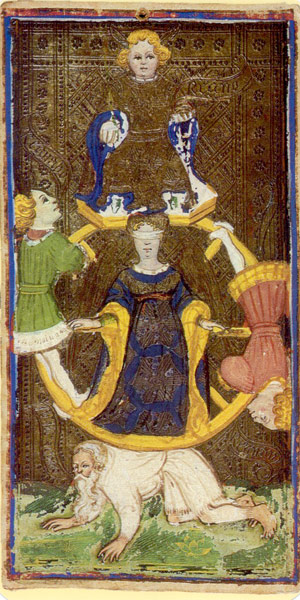
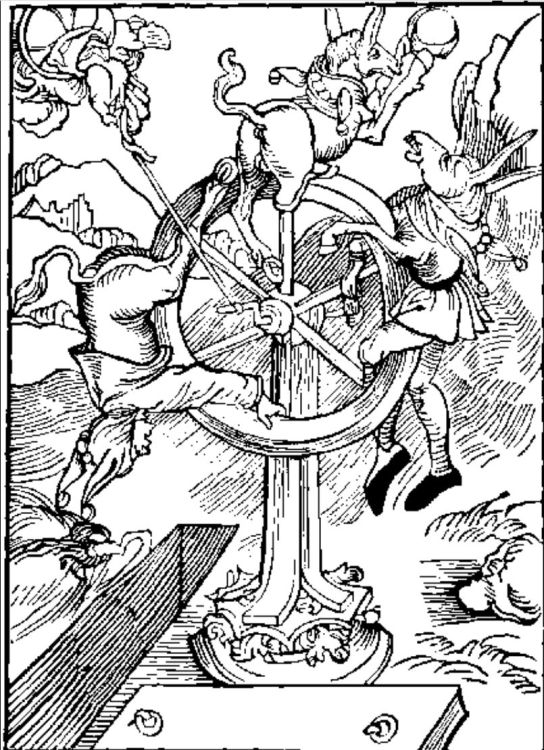
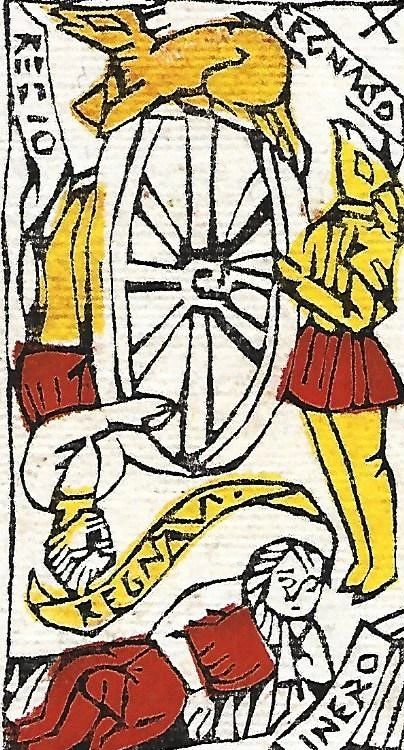

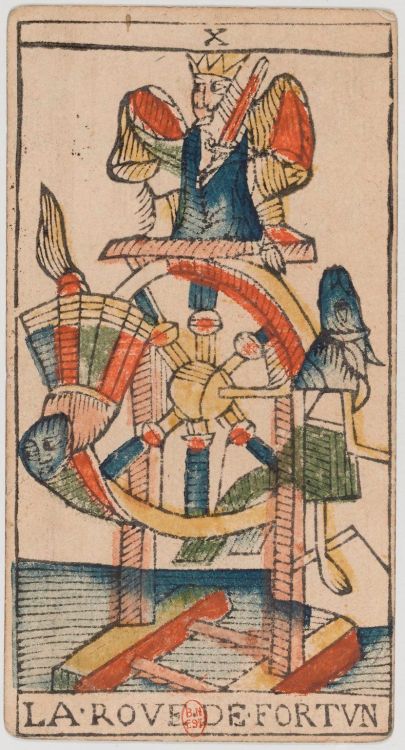
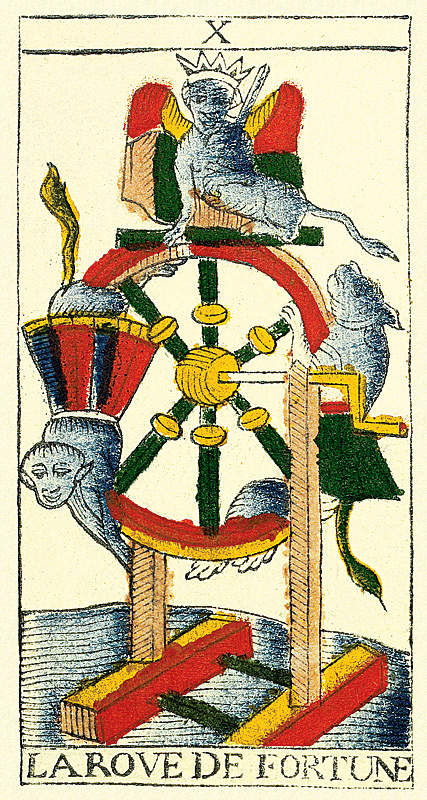
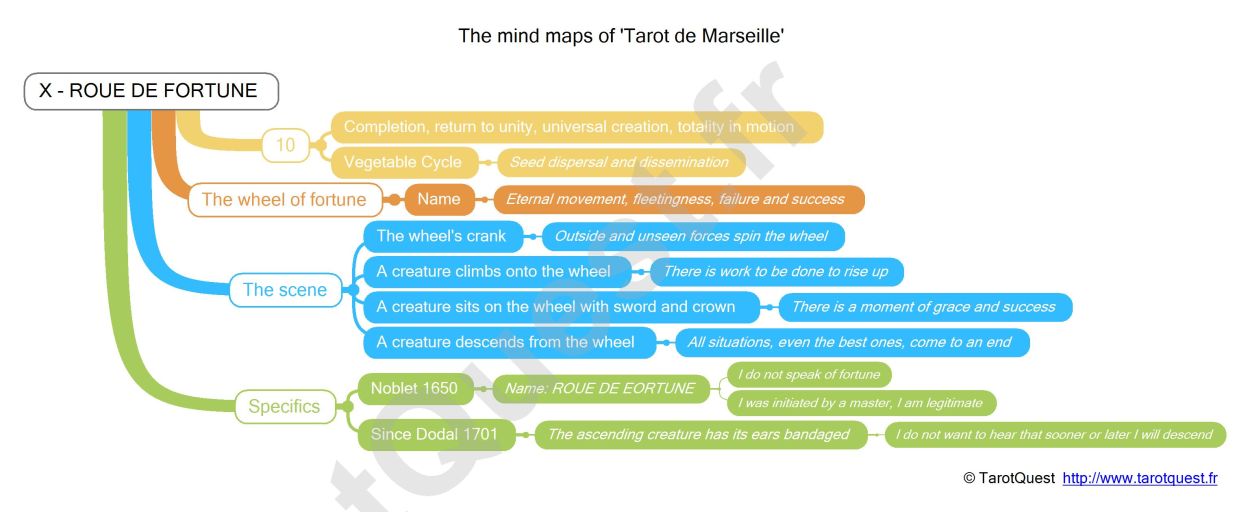
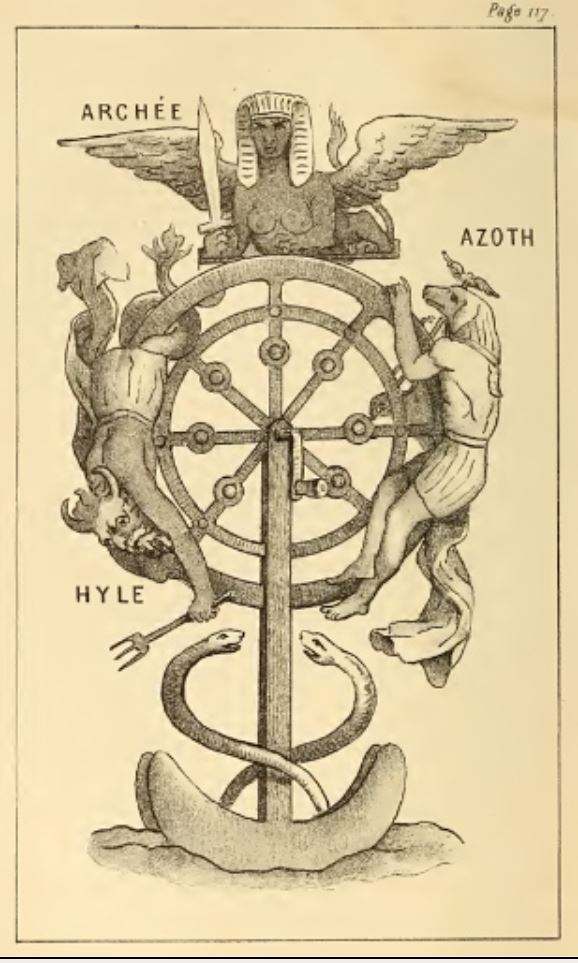
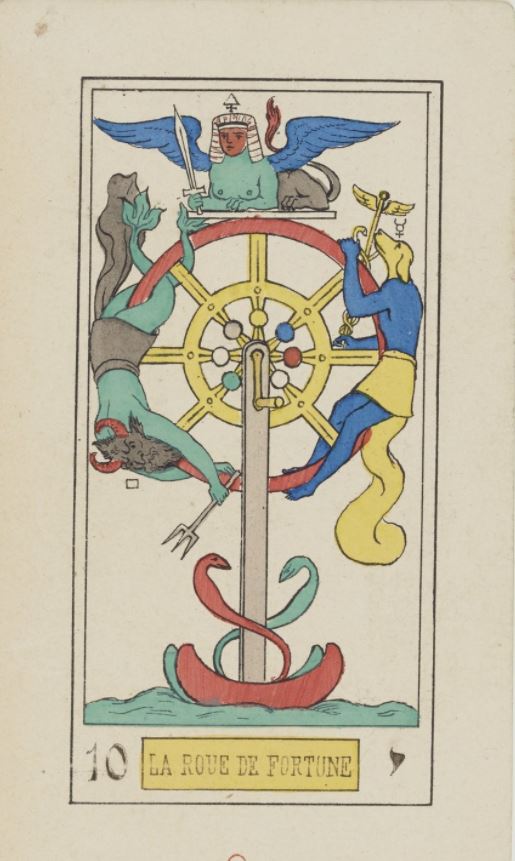
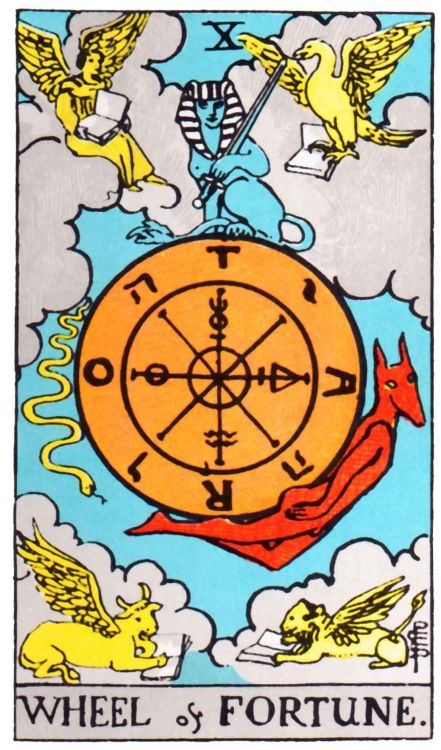
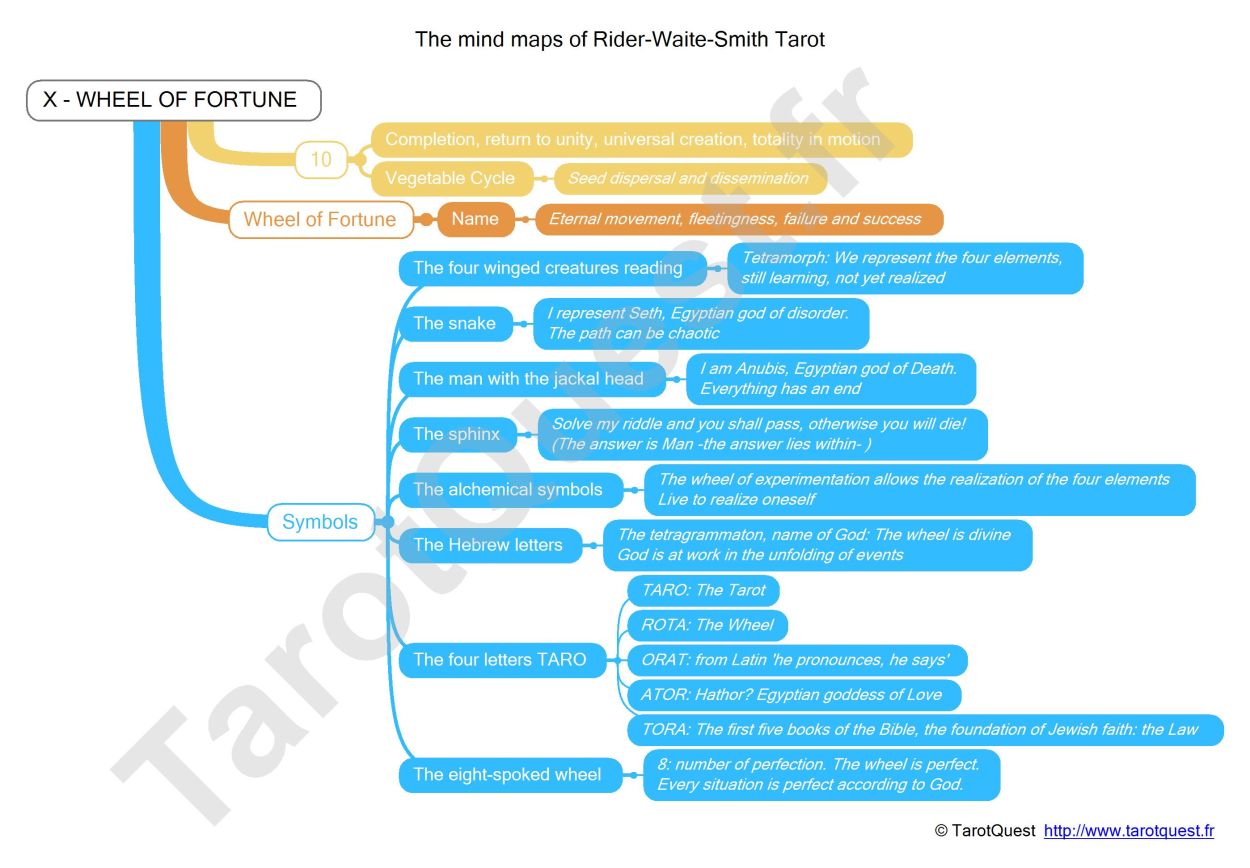
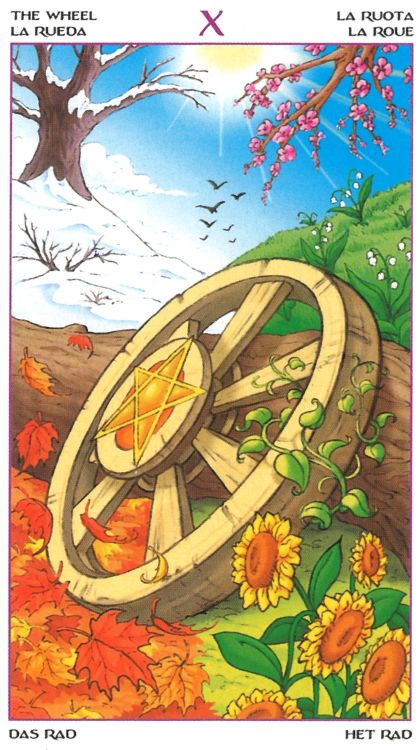
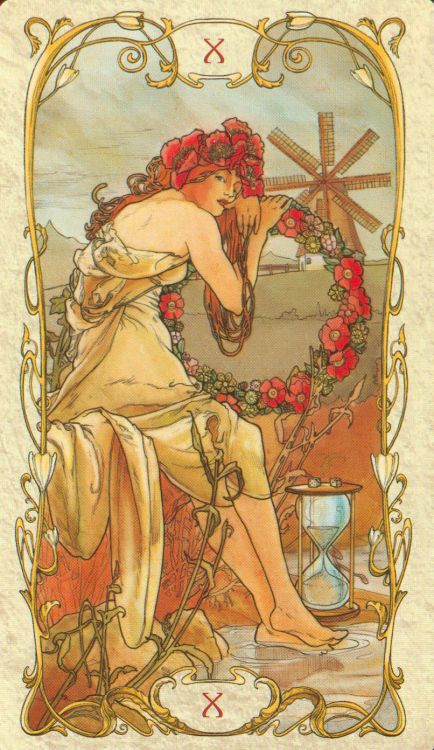


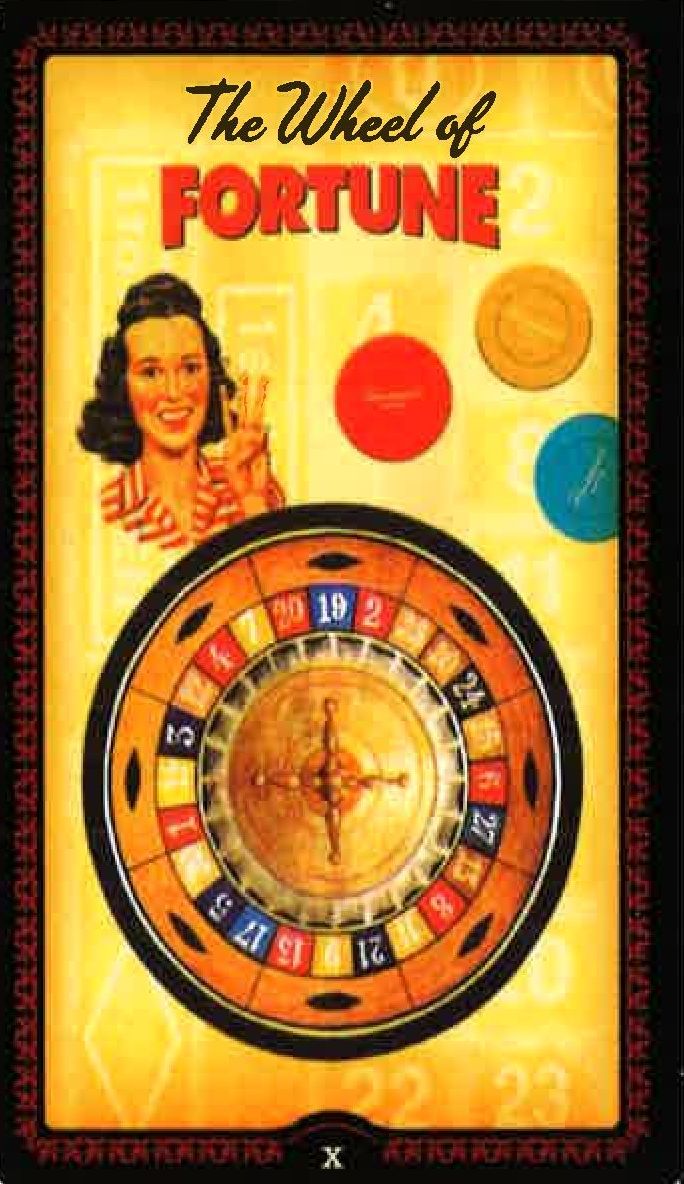
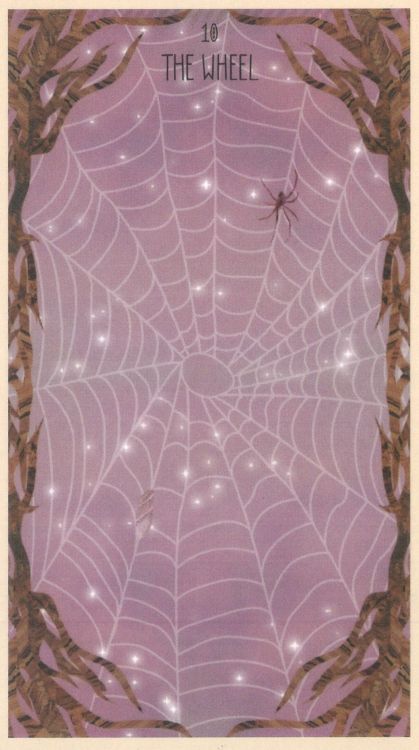
Copyright © TarotQuest.fr